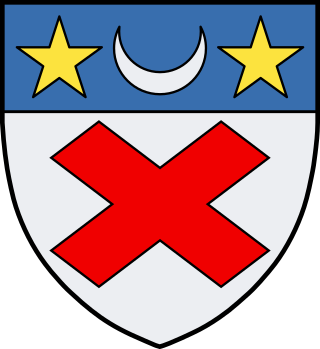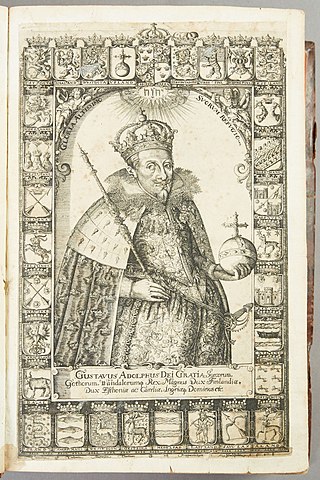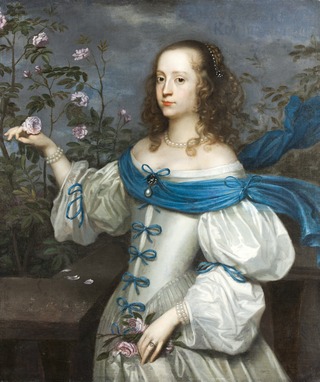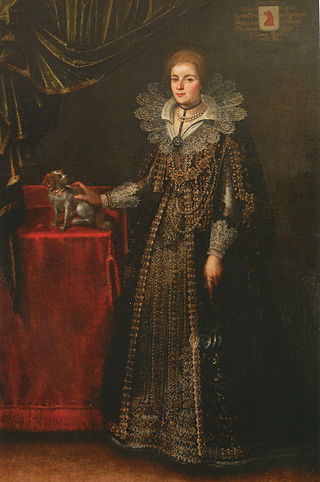| Years in Sweden: | 1668 1669 1670 1671 1672 1673 1674 |
| Centuries: | 16th century · 17th century · 18th century |
| Decades: | 1640s 1650s 1660s 1670s 1680s 1690s 1700s |
| Years: | 1668 1669 1670 1671 1672 1673 1674 |

Events from the year 1671 in Sweden
| Years in Sweden: | 1668 1669 1670 1671 1672 1673 1674 |
| Centuries: | 16th century · 17th century · 18th century |
| Decades: | 1640s 1650s 1660s 1670s 1680s 1690s 1700s |
| Years: | 1668 1669 1670 1671 1672 1673 1674 |

Events from the year 1671 in Sweden
| | This section needs expansion. You can help by adding to it. (June 2015) |
There is very little information on their death.

Baron Gabriel Gustafsson Oxenstierna was a Swedish statesman.

Swedish Livonia was a dominion of the Swedish Empire from 1629 until 1721. The territory, which constituted the southern part of modern Estonia and the northern part of modern Latvia, represented the conquest of the major part of the Polish-Lithuanian Duchy of Livonia during the 1600–1629 Polish-Swedish War. Parts of Livonia and the city of Riga were under Swedish control as early as 1621 and the situation was formalized in the Truce of Altmark 1629, but the whole territory was not ceded formally until the Treaty of Oliva in 1660. The minority part of the Wenden Voivodeship retained by the Polish–Lithuanian Commonwealth was renamed the Inflanty Voivodeship, which today corresponds to the Latgale region of Latvia.

Field Marshal and Count Jacob Pontusson De la Gardie was a statesman and a soldier of the Swedish Empire, and a Marshal from 1620 onward.

Ebba Magnusdotter Brahe was a Swedish countess, landowner, and courtier. She is foremost known for being the love object of King Gustavus Adolphus of Sweden, and because he wished to marry her prior to his marriage, plans which were however never realized. Their love affair has been famous in the Swedish romantic history and the subject of fiction, and are documented in their preserved correspondence.

The Duchy of Estonia, also known as Swedish Estonia, was a dominion of the Swedish Empire from 1561 until 1721 during the time that most or all of Estonia was under Swedish rule. The land was eventually ceded to Russia in the Treaty of Nystad, following its capitulation, during the plague, in the Great Northern War.

The De la Gardie family is the name of a distinguished Swedish noble family of French origin, whose members held significant political and military positions throughout the history of the Kingdom of Sweden.

Count Otto Wilhelm von Königsmarck was a German nobleman from Minden, who became a Swedish military officer.

Johan Hadorph was a Swedish director-general of the Central Board of National Antiquities.

Maria Euphrosyne of Zweibrücken was a countess palatine, a cousin and foster-sibling of Queen Christina of Sweden, and a sister of King Charles X of Sweden. She was also, after the accession of her brother Charles X on the throne (1654), a titular Royal Princess of Sweden.

The first duke of Estonia was appointed in 1220 by King Valdemar II of Denmark after the Danish conquest of Estonia during the Livonian crusade. The title was resumed by the kings of Denmark since 1269. During the 1266-82 reign of the queen dowager Margaret Sambiria, the title lady of Estonia was used.

Maria Sofia De la Gardie was a Swedish noble, countess, courtier, banker and industrialist entrepreneur. She is most known for her industrial enterprises, and she has been referred to as the first female grand entrepreneur of her country. She served as överhovmästarinna to Queen Christina of Sweden.

Hendrick Munnichhoven, probably born in Utrecht, was a Dutch painter. He became a master in the Utrecht Guild of Saint Luke in 1627 or 1633 and its dean in 1643. The same year he moved to The Hague as court painter of Frederick Henry, Prince of Orange. He was hired in 1650 by Queen Christina of Sweden and was commissioned to paint several portraits. Munnikhoven was mainly active as a copyist of other artists' works; one of his copies of David Beck's painting of Magnus Gabriel De la Gardie is on display at Gripsholm Castle.

Count Magnus Gabriel De la Gardie was a Swedish statesman and military man. He became a member of the Swedish Privy Council in 1647 and came to be the holder of three of the five offices counted as the Great Officers of the Realm, namely Lord High Treasurer, Lord High Chancellor and Lord High Steward. He also served as Governor-General in the Swedish dominion of Livonia.

Beata Elisabet von Königsmarck (1637–1723), was a Swedish countess and landowner.

Events from the year 1761 in Sweden

Events from the year 1610 in Sweden

Events from the year 1621 in Sweden

Events from the year 1585 in Sweden

Abraham César Lamoureux was a French sculptor and stonemason who worked in Sweden and in Copenhagen, Denmark. He is best known for creating the first equestrian statue in northern Europe.
Jean Baptiste Dieussart, also Jean Baptista Dusart was a Flemish sculptor who worked in the Dutch Republic and mainly in Sweden. He mainly created lead statues of which only a few have survived to modern times.